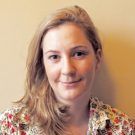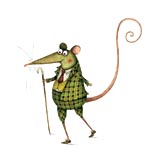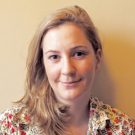Country mouse on farmland birds
Farmland bird numbers are suffering, but don't just blame the farmers, warns Mark, there are other factors at work


Where have all our farmland birds gone? Since 1970, they have halved in number, and the blame, according to the RSPB, lies firmly with farmers and their practices. However, many farmers feel that they are simply a soft target for a big organisation, whose members would find some of the real truths harder to swallow.
Certainly, farmers should be encouraged to be more sensitive in their use of pesticides, but many are already using less-harmful types than they were in 1970. Several farmers feel they get little credit for maintaining the hedges and copses that are so important to the birds, and feel indignant that they are singled out for blame.
The RSPB does not have a good record of acknowledging the benefits that game crops, principally grown for shooting, have on the rest of the farmland-bird population. What is true is that there are fewer farmland birds.
The reason for this is that the balance of nature has been altered. Such birds are heavily persecuted by raptors, whose numbers have exploded since 1970, and the dramatically growing numbers of badgers will hoover up ground-nesting birds. Farmers have a critical role to play in preservation. Some could do better, but many more deserve our gratitude.
Exquisite houses, the beauty of Nature, and how to get the most from your life, straight to your inbox.
